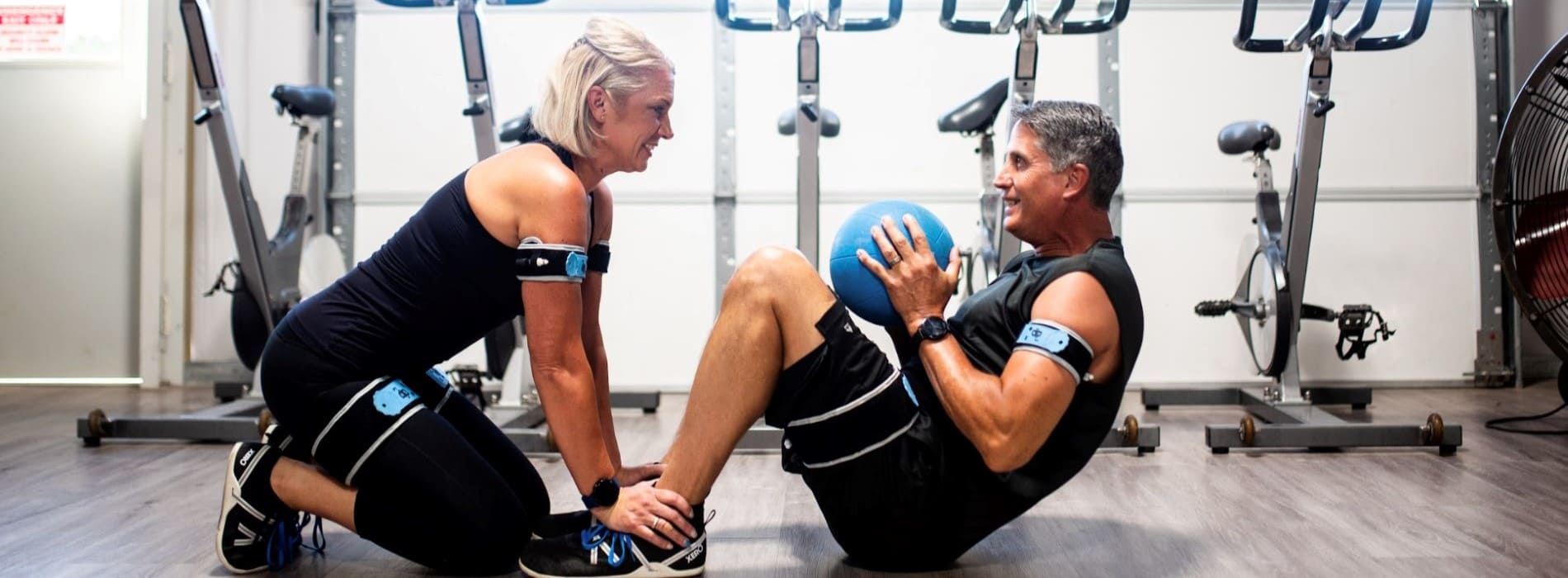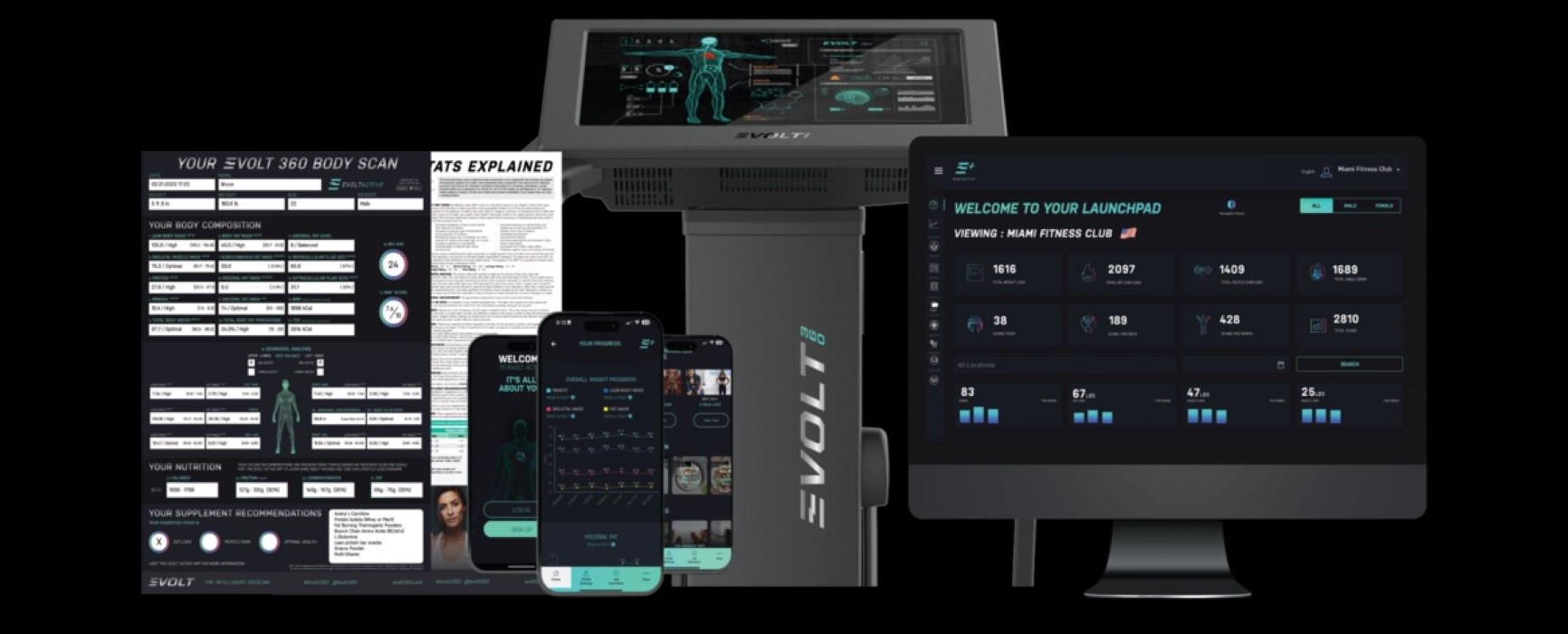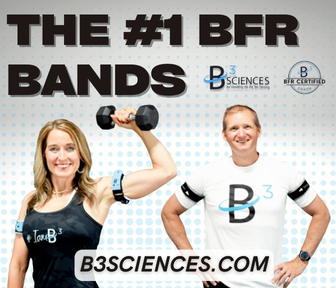Intro
Understanding the diverse motivations that drive our clients is crucial for fitness and health coaches.
It’s important to recognize that various factors inspire people to pursue their fitness goals. Having a deep understanding of these motivations allows us to tailor our coaching approach effectively and cater to each client’s specific needs and desires.
This personalized approach can significantly enhance the impact of our coaching and help our clients achieve sustainable and meaningful results.
The Role of Motivation in Success
Research shows that motivation is a pivotal element in achieving success. Understanding and leveraging the nuances of motivation can significantly enhance the effectiveness of health and fitness coaches.
Motivation generally falls into two primary categories: “intrinsic” and “extrinsic.” Intrinsic motivation refers to engaging in an activity for its inherent satisfaction and personal rewards. On the other hand, extrinsic motivation involves performing an activity to achieve external rewards or avoid negative outcomes.
However, understanding these basic types of motivation is only the starting point. Effective health and fitness coaching requires a deeper understanding of the nuanced factors influencing these motivations, which include:
Personality
Clients’ personalities can significantly impact their motivation. Some clients might be naturally competitive and respond well to challenges and goal-setting, while others may be more self-motivated.
Situational Context
The environment and circumstances surrounding a client can also influence their motivation. For instance, a supportive social environment or a fitness community can boost extrinsic motivation, while a stressful work-life balance might hinder intrinsic motivation.
Life Circumstances
Changes in life circumstances, such as a new job, family dynamics, or health issues, can significantly affect a client’s motivation. Coaches must be empathetic and adaptable, recognizing that what motivates a client today might change tomorrow.
By understanding and addressing these factors, coaches can tailor their approach to better meet their clients’ individual needs. This might involve setting personalized goals, creating a supportive and motivating environment, and continuously adapting strategies to maintain and boost motivation.
Intrinsic Motivation
Intrinsic motivation involves participating in an activity for its inherent satisfaction and enjoyment. Intrinsically motivated clients engage in fitness activities because they love the process and find personal fulfillment in it.
These clients are typically focused on self-improvement and personal growth rather than comparing themselves to others, which is known as being “task-involved.”
Characteristics of Intrinsically Motivated Clients
Task-Involved
Focused on performing the task to the best of their ability.
Self-Determined and Self-Regulated
Driven by internal goals and personal standards.
Respectful of Rules
More likely to follow guidelines and create a positive environment.
Lower Stress Levels
Experience less anxiety and stress than extrinsically motivated individuals.
Resilient
Display confidence and a quicker recovery from setbacks.
To foster intrinsic motivation, coaches should emphasize self-improvement and progress rather than just outcomes. For example, providing sincere praise and structuring programs highlighting personal growth can significantly enhance a client’s intrinsic motivation.
Extrinsic Motivation
Extrinsic motivation comes from external factors. Clients engage in activities as a means to an end rather than for the activity itself. They are driven by external rewards or by avoiding negative consequences.
Types of Extrinsic Motivation
External Regulation
Participation is driven by external rewards or avoiding punishment (E.g., Working out to earn praise from the coach).
Introjected Regulation
Engagement due to internal pressures, such as guilt or obligation (E.g., Training to avoid feeling guilty).
Identified Regulation
Participation because the client recognizes the value of the activity (E.g., Doing cardio to improve overall health).
Integrated Regulation
The activity is aligned with the client’s values and identity, though still externally motivated (E.g., Maintaining a healthy lifestyle as part of their self-concept).
As with “intrinsic motivation,” coaches should recognize and address extrinsic motivations by connecting them to the client’s personal values and long-term goals. For instance, structuring exercises to highlight their long-term benefits can help align external motivations with intrinsic goals.
Dealing With Amotivation
Lack of motivation, known as amotivation, can be a significant challenge in health and fitness coaching. It’s a state in which clients feel incompetent or struggle to find meaning in their fitness goals. These individuals require specific attention and support to connect with internal or external motivational factors that will reignite their commitment to their goals.
Practical Strategies for Health and Fitness Coaches
Delivering Sincere Praise
Ensure that praise is perceived as genuine to enhance intrinsic motivation.
Emphasizing Self-Improvement
Focus on personal progress rather than comparisons with others.
Providing Choices
Offer clients a degree of control over their activities to increase their sense of autonomy.
Understanding Contextual Factors
Consider the influence of family, cultural background, and other external factors on your clients’ motivation.
That’s A Wrap
Fitness and health coaches must understand client motivations to tailor effective coaching strategies. By recognizing and addressing intrinsic and extrinsic motivations, coaches can create personalized programs that enhance client satisfaction and performance.
Employing tools such as customizable evaluation templates can help track and understand these motivations, ultimately leading to better outcomes for clients.
Through this informed and individualized approach, coaches can foster a more motivating and supportive environment, paving the way for lasting success and well-being for their clients.
References
- https://www.ncbi.nlm.nih.gov/pmc/articles/PMC9224480/
- https://www.ncbi.nlm.nih.gov/pmc/articles/PMC9340849/
- https://www.ncbi.nlm.nih.gov/pmc/articles/PMC8264603/#:~:text=Amotivation%20is%20the%20lack%20or,Markland%20and%20Tobin%2C%202004).
Brenton is an Australian with 20 years of experience working with professional athletes who have won more than 15 international events combined. He holds a degree in Sports Coaching and was the former Head Coach of the Japanese Government Sports Institute. Brenton also served as the former Manager & Head Coach to Australia’s Governing Sporting Body and has been a Dunlop International Advisory Board member since 2010. Additionally, he has successfully been self-employed for 17 years and understands the challenges of building a business. Brenton’s expertise lies in goal setting, leadership, internal and external motivation, biomechanics, and program design and delivery. Brenton continues to consult with professional athletes and sporting organizations.












